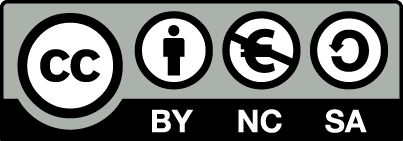Please use this identifier to cite or link to this item:
http://hdl.handle.net/2445/175771| Title: | KIS, a kinase associated with microtubule regulators, enhances translation of AMPA receptors and stimulates dendritic spine remodeling |
| Author: | Pedraza González, Neus Ortiz Hernández, Raül Cornadó, Alba Llobet Berenguer, Artur, 1972- Aldea, Martí Gallego, Carme |
| Keywords: | Metabolisme Fisiologia Microtúbuls Biosíntesi Proteïnes Metabolism Physiology Microtubules Biosynthesis Proteins |
| Issue Date: | 15-Oct-2014 |
| Publisher: | The Society for Neuroscience |
| Abstract: | Local regulation of protein synthesis allows a neuron to rapidly alter the proteome in response to synaptic signals, an essential mechanism in synaptic plasticity that is altered in many neurological diseases. Synthesis of many synaptic proteins is under local control and much of this regulation occurs through structures termed RNA granules. KIS is a protein kinase that associates with stathmin, a modulator of the tubulin cytoskeleton. Furthermore, KIS is found in RNA granules and stimulates translation driven by the β-actin 3'UTR in neurites. Here we explore the physiological and molecular mechanisms underlying the action of KIS on hippocampal synaptic plasticity in mice. KIS downregulation compromises spine development, alters actin dynamics, and reduces postsynaptic responsiveness. The absence of KIS results in a significant decrease of protein levels of PSD-95, a postsynaptic scaffolding protein, and the AMPAR subunits GluR1 and GluR2 in a CPEB3-dependent manner. Underlying its role in spine maturation, KIS is able to suppress the spine developmental defects caused by CPEB3 overexpression. Moreover, either by direct or indirect mechanisms, KIS counteracts the inhibitory activity of CPEB3 on the GluR2 3'UTR at both mRNA translation and polyadenylation levels. Our study provides insights into the mechanisms that mediate dendritic spine morphogenesis and functional synaptic maturation, and suggests KIS as a link regulating spine cytoskeleton and postsynaptic activity in memory formation. |
| Note: | Reproducció del document publicat a: https://doi.org/10.1523/JNEUROSCI.1573-14.2014 |
| It is part of: | Journal of Neuroscience, 2014, vol. 34, num. 42, p. 13988-13997 |
| URI: | http://hdl.handle.net/2445/175771 |
| Related resource: | https://doi.org/10.1523/JNEUROSCI.1573-14.2014 |
| ISSN: | 0270-6474 |
| Appears in Collections: | Articles publicats en revistes (Patologia i Terapèutica Experimental) Articles publicats en revistes (Institut d'lnvestigació Biomèdica de Bellvitge (IDIBELL)) |
Files in This Item:
| File | Description | Size | Format | |
|---|---|---|---|---|
| 651666.pdf | 2.51 MB | Adobe PDF | View/Open |
This item is licensed under a
Creative Commons License



